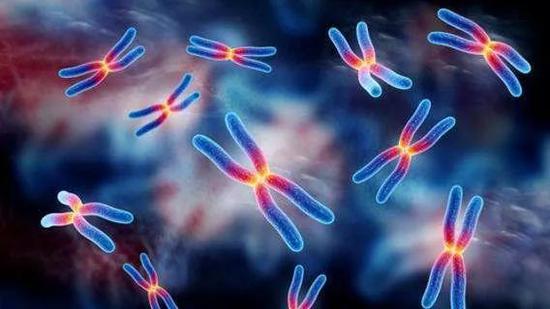How does autism appear? Why is the previous research direction wrong?
May 30, 2019 Source: Sina Technology
Window._bd_share_config={ "common":{ "bdSnsKey":{ },"bdText":"","bdMini":"2","bdMiniList":false,"bdPic":"","bdStyle":" 0","bdSize":"16"},"share":{ }};with(document)0[(getElementsByTagName('head')[0]||body).appendChild(createElement('script')) .src='http://bdimg.share.baidu.com/static/api/js/share.js?v=89860593.js?cdnversion='+~(-new Date()/36e5)];Sina Technology News Beijing time on May 30th news, since the first human figure was drawn in 2003, scientists have been trying to find specific genes that cause autism.
But recent research suggests that the previous research direction is wrong, and that autism is caused by mutations in "supporting DNA," rather than from specific genes.
The AI ​​system screens all genes in 1790 families, and only one of these families is diagnosed with autism. This genetic screening can understand which genes and DNA fragments may cause a family member to become autistic. Disease, while other family members do not.
This genetic disorder does not appear to be caused by genetic mutations, but by a slight kinking of the "junk DNA" that regulates and affects the genes. Until recently, "regulatory DNA" has been considered to play a secondary supporting role in the performance of the human genome.
But this latest study confirms for the first time a long-unconfirmed theory that damage to any aspect of DNA can be a source of serious, complex disease.

As we learn more about human genes, we find that human genes are far more complex and difficult to understand than originally recognized. This latest study brings many new discoveries, but as we discover that some of the previous hypotheses (for example, many diseases can be attributed to a certain gene) are too simplistic, more research processes are gradually falling into a dead end.
Artificial intelligence is helping us to get new discoveries and help us find the root cause of the problem. In this study, computer systems not only automatically analyze known genes and their supporting DNA, but also analyze redundant "junk DNA", which is considered meaningless, but constitutes 99% of human genomes.
By categorizing each pair of potential chemical gene pairs and regulatory DNA, it helps to understand what the final "results" are. It is possible that this task will involve people's lives. At the same time, the study also analyzed the known pathogenic mutations.
The latest study will use a computer to map a “disease impact score†that can be used to measure the likelihood of a genetic mutation affecting a disease. It is reported that this is not the first time such research work, but this study through artificial intelligence analysis, so that scientists pay more attention to the "support DNA" mutation degree, which will directly affect the disease of autism.

Previous studies have found no significant differences in regulatory genes between autistic patients and their relatives, but in this latest study scientists have found differences in genetic regulation between the two.
The artificial intelligence system analyzed the genes of 1,790 families, and only one of the members of these families had autism, and other family members did not. Previously, less than 30% of people had established genetic causes, and the remaining causes of autism were still unsolved. Researchers now say that the mutations they found in "junk DNA" can explain the previous unsolved mystery.
There is a genetic similarity in autistic patients, and now we have opened up this area of ​​research, and the next step will be to understand all the factors that may be associated with autism.
Guangzhou Zhongzhinan Supply Chain Co.,Ltd. , https://www.zhongzhinanlighting.com